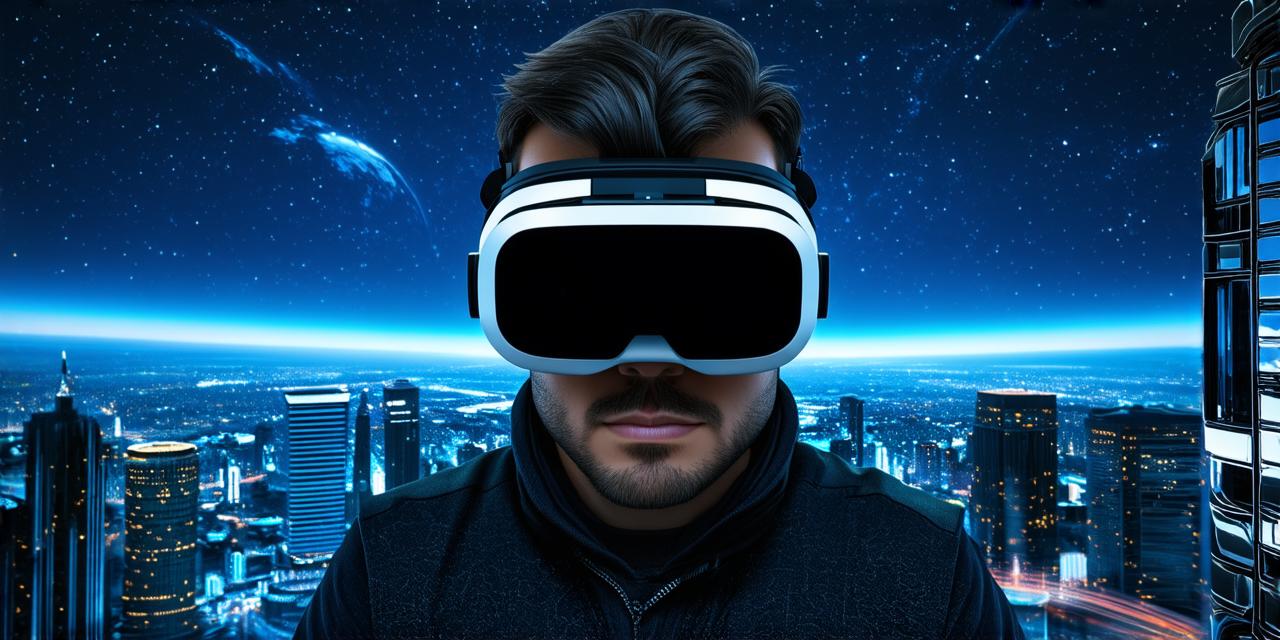1. The Hardware
The first step in playing a VR game is setting up the hardware. This typically involves connecting a headset to a computer or gaming console, as well as any other peripherals such as controllers or sensors.
There are two main types of VR headsets: wired and wireless. Wired headsets require a direct connection to the computer or console, while wireless headsets use Bluetooth or Wi-Fi to connect wirelessly.
2. The Software
Once the hardware is set up, it’s time to install the software. This includes the VR game itself as well as any drivers or software required by the headset or other peripherals.
VR games are designed specifically for use with VR hardware and typically require a minimum specifications computer or gaming console. These requirements are usually clearly listed on the game’s packaging or website.
3. The Immersive Experience
When you start playing a VR game, the software renders the virtual environment in real-time and sends this data to your headset. The headset then projects the images onto two screens, one for each eye, creating a stereoscopic 3D effect that simulates depth perception.
The game’s sensors track your movements and adjust the virtual environment accordingly, allowing you to move around freely in the game. Some games also use hand tracking to allow players to interact with objects in the virtual world.
4. The Future of VR Gaming
Virtual reality technology is constantly evolving, and we can expect to see even more advancements in the future. This includes improvements in hardware, such as more powerful processors and graphics cards, as well as new software techniques that will allow for even more immersive experiences.

In addition, we may see the emergence of new types of VR games that use advanced technologies such as haptic feedback to provide a more realistic experience. This could include games that simulate physical sensations such as touch, temperature, or pressure.
Summary
Virtual reality games are an incredible technological achievement that allow players to immerse themselves in a completely virtual world. By understanding how these games work, we can appreciate the complex systems and hardware required to create such an immersive experience. As technology continues to advance, we can expect to see even more amazing VR games in the future.



